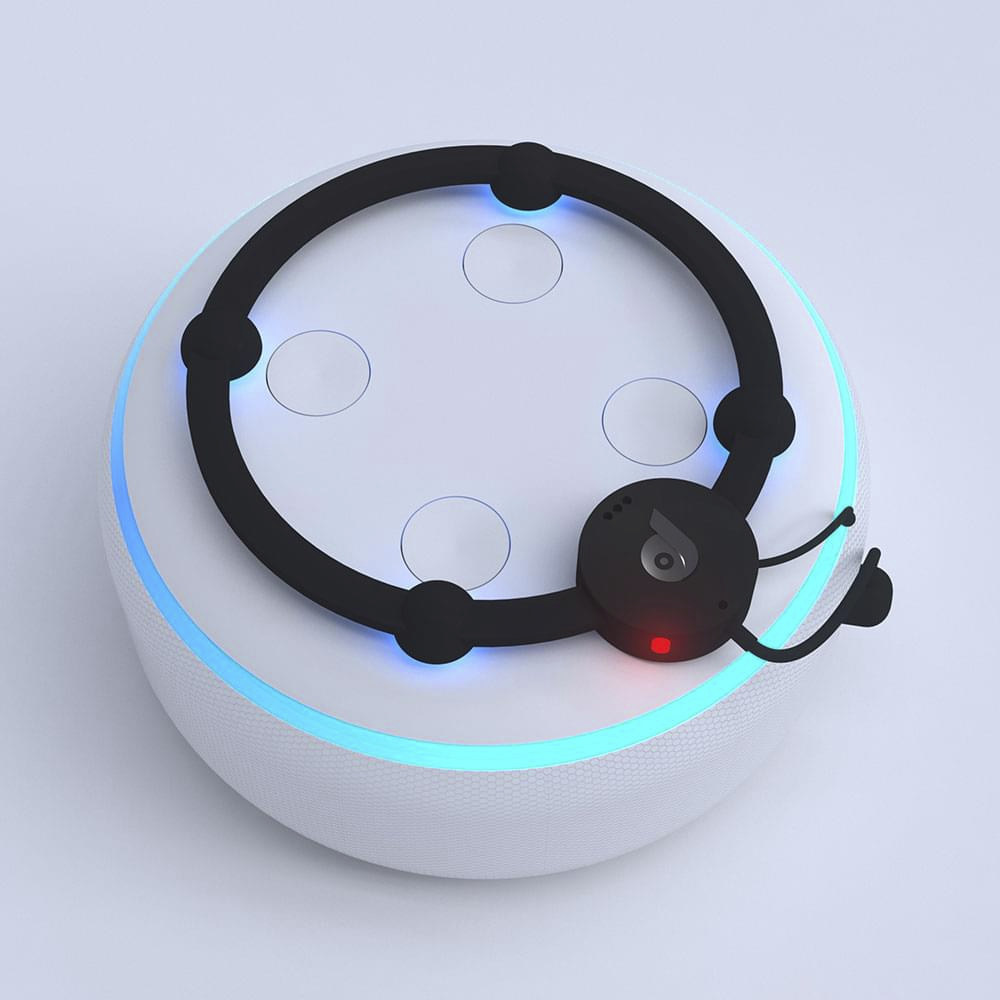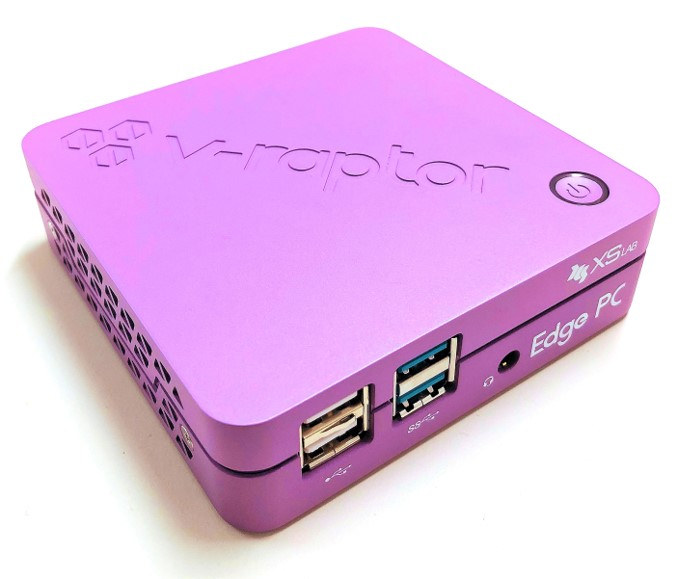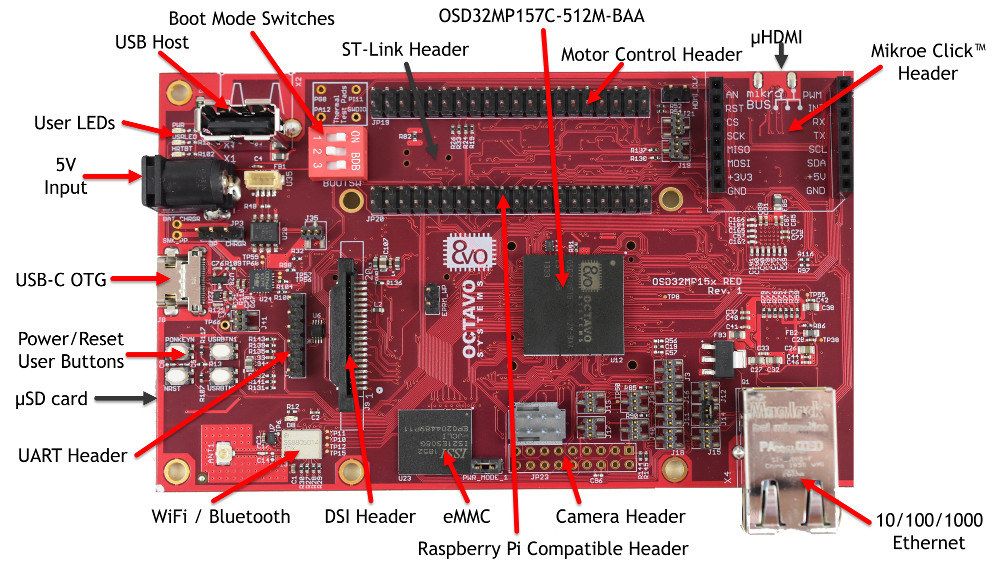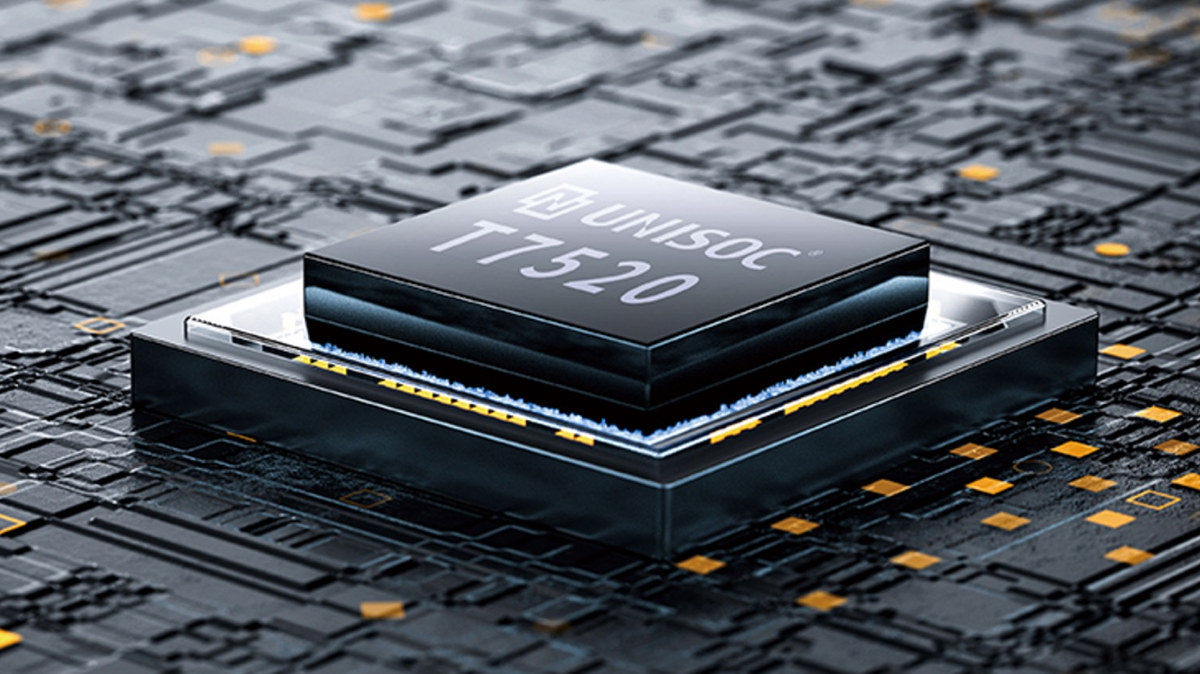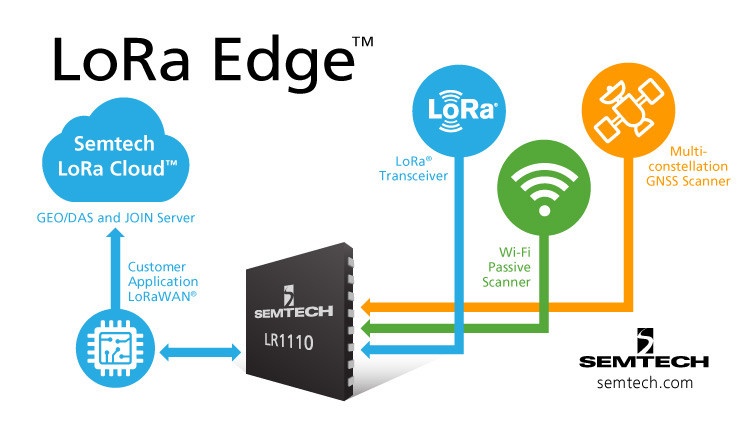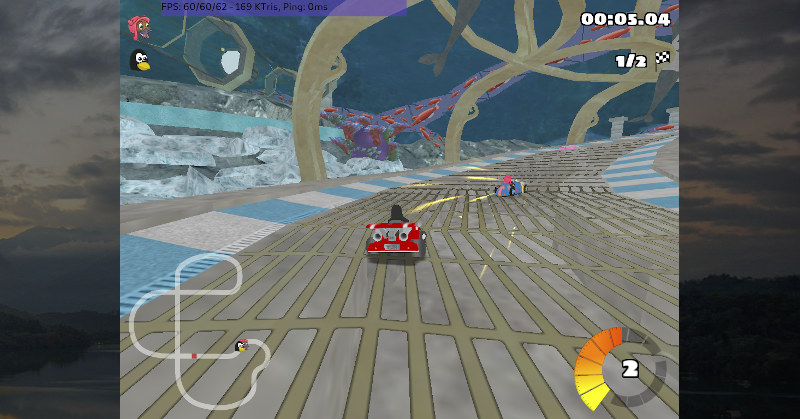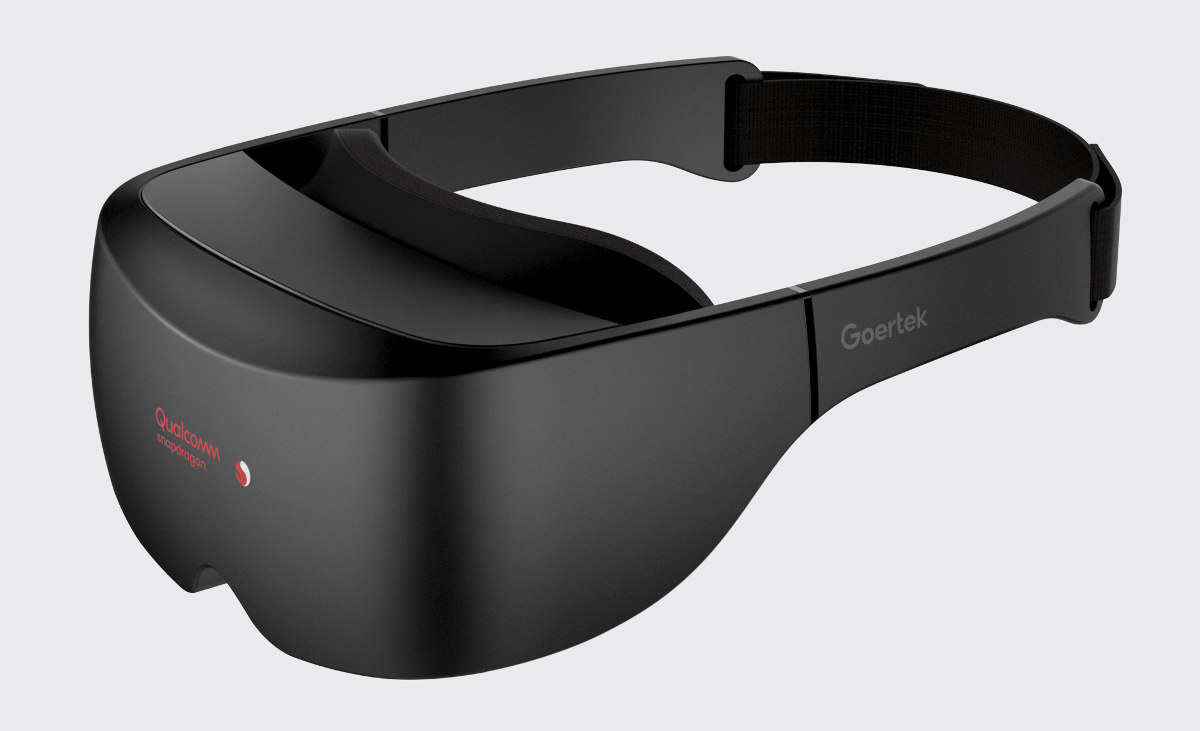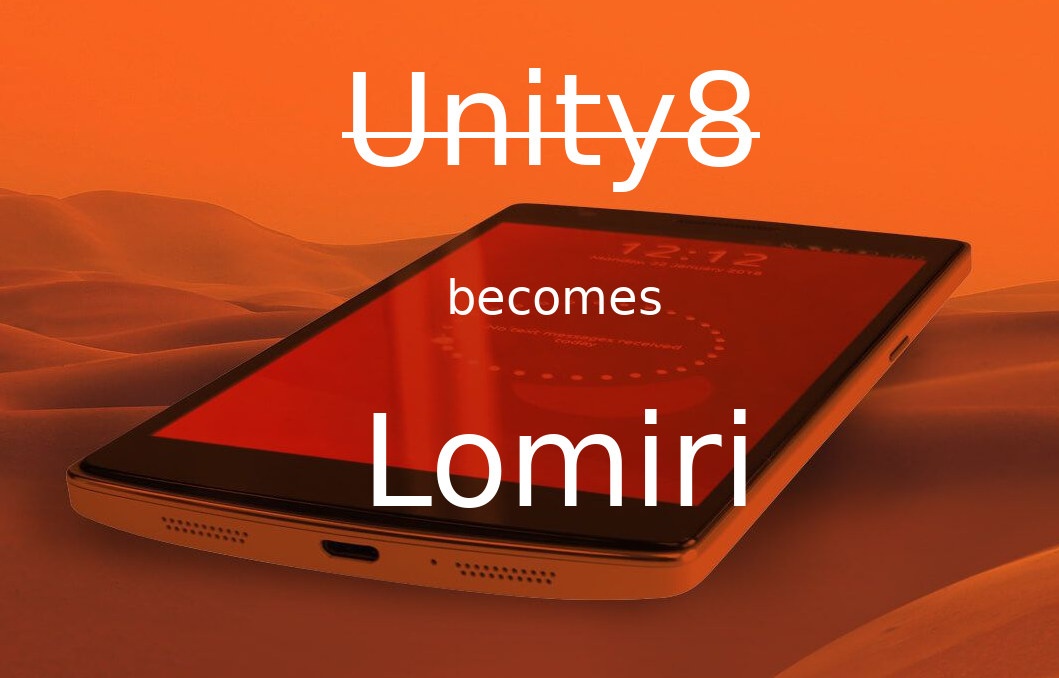Smart speakers normally work by constantly listening to a wake-word, that is processed locally, before listening to your more complex command, and send the audio to the cloud for processing. That means most of the time no data is sent to the cloud, as continuously processing audio in the cloud would not be resource-efficient. However, in isolated cases, the company may want to listen to audio samples to improve their product(s) and it’s possible since the hardware is perfectly capable of doing this. Alternatively, hackers could always access your smart speaker. So if you worry about your privacy, while still wanting the convenience of using a smart speaker, a third-party solution controlling the microphone should protect your privacy. Pleasant Solutions “Paranoid” aims to provide such privacy solution by taking control of the microphone on your smart speaker. Due to the various smart speaker designs and features in the market, three […]
V-Raptor Edge RK3399 Mini PC Runs Xubuntu 18.04 with EBBR Support
We previously wrote about XS LAB’s V-Raptor server equipped with SocioNext SC2A11 24-core Arm Cortex-A53 SoC, but the Korean company has been working on a different kind of project with V-Raptor Edge mini PC powered by Rockchip RK3399 processor and running Xubuntu 18.04 with an Arm EBBR-compliant UEFI bootloader. The mini PC was designed to work as a thin client for Cloud PC VDI service from SK Broadband, but XS Lab appears open to expand its use to other applications depending on interest from distributors. V-Raptor Edge PC preliminary specifications: SoC – Rockchip RK3399 hexa-core processor with 2x Arm Cortex-A72 cores @ up to 1.8 GHz, 4x Arm Cortex-A53 cores System Memory – 4GB LPDDR4 Storage – 16GB eMMC flash or 32GB MicroSD card Video Output – HDMI 2.0 up to 4K, and DisplayPort via USB-C port; dual-independent display support up to 2x Full HD Audio – 3.5mm headphone jack, […]
Octavo Systems Announces Development Boards based on OSD32MP1 System-in-Package (SiP)
Announced in February 2019, STM32MP1 Cortex-A7/M4 processor family recently got an update with 24 new SKU’s boosting the Cortex A7 core frequency to 800 MHz instead of just 650 MHz for the SoC’s announced last year. One of the first companies to take advantage of the new parts will be Octavo Sytems that unveiled OSD32MP1 system-in-package (SiP) last year combining STM32MP15x MPU, up to 1GB RAM, 4K EEPROM, STPMIC1 power management IC, two oscillators, and over 100 passive components into a single chip. The company also introduced two upcoming development kits for the STM32MP1 based SiP: OSD32MP1-BRK “Flexible Prototyping Platform” and the more featured OSD32MP1-RED evaluation & development board. Both boards are supported by OpenSTLinux which we covered in our previous articles about STM32MP1. OSD32MP1-BRK Breakout board for OSD32MP1 SiP The first board aims to provide easy access to the I/O of the STM32MP1 processor via breadboard compatible headers, and […]
UNISOC Unveils T7520 5G SoC Manufactured with 6nm EUV Process Technology
UNISOC has launched its second-generation 5G mobile SoC with T7520 processor manufactured with a 6nm EUV process technology and equipped with four Arm Cortex-A76 cores, four Arm Cortex-A55 cores, as well as an Arm Mali-G57 GPU, and the company’s Makalu 5G platform. T7520 processor is said to support “coverage enhancement for any application scenario, by allowing carriers to deploy 5G on their existing 4G spectrums” (aka NSA = Non-stand Alone). and is optimized for use on 500 km/h high-speed railway. Highlights of the processor include: Advanced 6nm EUV process technology with extremely high lithographic resolution and a better balance between cost, performance and power consumption. Compared to the previous 7nm process, the new process has an 18% improvement in density of transistors and reduces power consumption by 8%. Lower power consumption made possible by the improved process mentioned above as well as an improved low-power consumption architecture and AI-based power […]
Semtech LoRa Edge Uses LR1110 Single Chip with LoRa, WiFi, and GNSS
Semtech, a leader in LoRa and RF technology, is continuing its support for the LoRa ecosystem with the launch of a new portfolio of solutions called LoRa Edge to simplify and accelerate IoT applications for the Edge. LoRa Edge is a new highly versatile and low power software-defined LoRa-based platform that will enable a wide portfolio of applications for indoor and outdoor asset management, targeting industrial, building, home, agriculture, transportation, and logistics markets. The LoRa Edge platform is launching with a geolocation solution targeted to IoT applications for asset management. It features an ultra-low power LoRa transceiver, GNSS sniffing capabilities, Wi-Fi scanning technologies all in one single package called Semtech LR1110. “Semtech continually delivers Internet of Things (IoT) solutions that simplify and accelerate the development of LPWAN applications,” said Pedro Pachuca, Director of IoT Wireless in Semtech’s Wireless and Sensing Products Group. “LoRa Edge and LoRa Cloud geolocation services enable customers […]
Panfrost Open-Source Arm Mali GPU Driver Gets Experimental OpenGL ES 3.0 Support
Panfrost is the open-source driver being developed for Arm Midgard and Bitfrost GPUs. The first versions focused on support for OpenGL ES 2.0, but the more recent OpenGL ES 3.0 enables faster and more realistic rendering. The goods news is that Panfrost support for experimental OpenGL ES 3.0 has landed in Mesa according to a recent post on Collabora blog. Specifically, Panfrost now supports instanced rendering, primitive restart, uniform buffer objects, 3D textures, and multiple render targets (on Mali T760 and up) all of which are OpenGL ES 3.0 features. People who are not into graphics development may not know about the purpose of those features, but Alyssa Rosenzweig, a free software graphics hacker leading Panfrost, explains: … instanced rendering and primitive restart allow developers to write faster graphics applications, to render efficiently scenes more complex than possible in ES 2.0. … uniform buffer objects and 3D texture give developers […]
Qualcomm Snapdragon XR2 5G VR Reference Design Comes with Dual 2Kx2K Display, Up to 7 Cameras
Qualcomm Snapdragon XR1 was the first processor from the company dedicated to extended reality (XR) and virtual reality (VR) applications. It found its way in various hardware development kits, a well as Google Glass Enterprise Edition v2. We missed the company’s announcement of the Snapdragon XR2 platform with 5G support last December, but Qualcomm has now just unveiled the Snapdragon XR2 5G Reference Design to help OEMs shorten time to market. Qualcomm Snapdragon XR2 Platform Qualcomm did not provide detailed specifications, but the company claims Snapdragon XR2 delivers 2x the CPU and GPU performance, 4x more video bandwidth, 6x higher resolution and 11x AI improvement compared to Snapdragon 835 Mobile XR Platform. It’s also the first XR/VR platform to support seven concurrent cameras, optional 5G connectivity, and enables “true” MR (Mixed Reality) thanks to low latency camera pass-through. Some of the highlights of the processor include: Up to 3K by […]
UBPorts Unity8 Convergence Environment Becomes Lomiri
Back in April 2017, Canonical decided to refocus Ubuntu development for the Cloud and IoT, dropping their mobile/desktop convergence efforts. So Unity8 environment was dropped in favor of GNOME desktop environment, which to this date is still used in recent versions of Ubuntu Desktop operating system. As a reminder, Unity8 was both suitable for desktop PCs, as well as smartphones and tablets through Ubuntu Touch. But at the time, it was working fairly well, even found in devices such as BQ Aquaris M10 tablets. Since the code was open source, UBPorts developer community was formed and a few months later they released their first image for supported phones such as OnePlus One, FairPhone 2, or Optimus L90. The community is still active, and until recently kept using Unity8 name, but there were some drawbacks Unity8 will now become Lomiri pronounced “Low-mee-ree”. So why did they change exactly? A few reasons: […]


